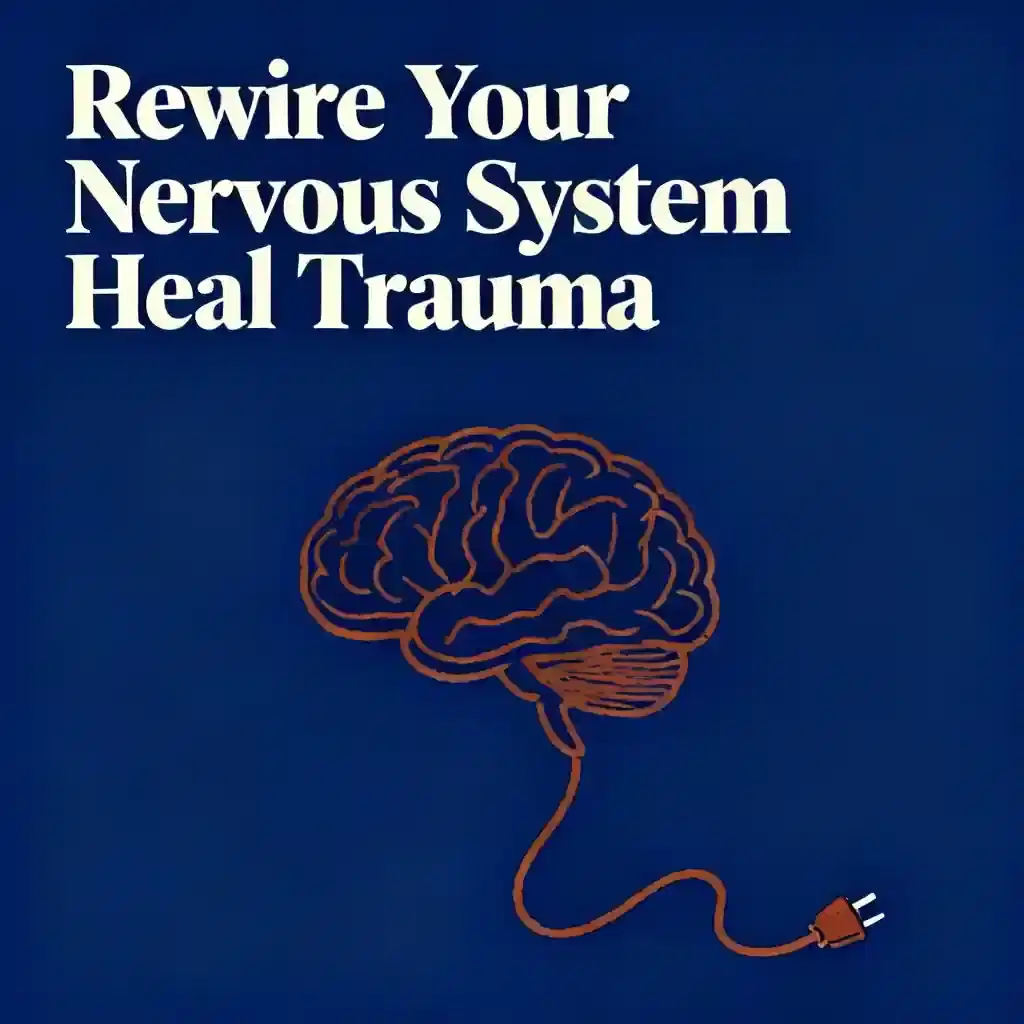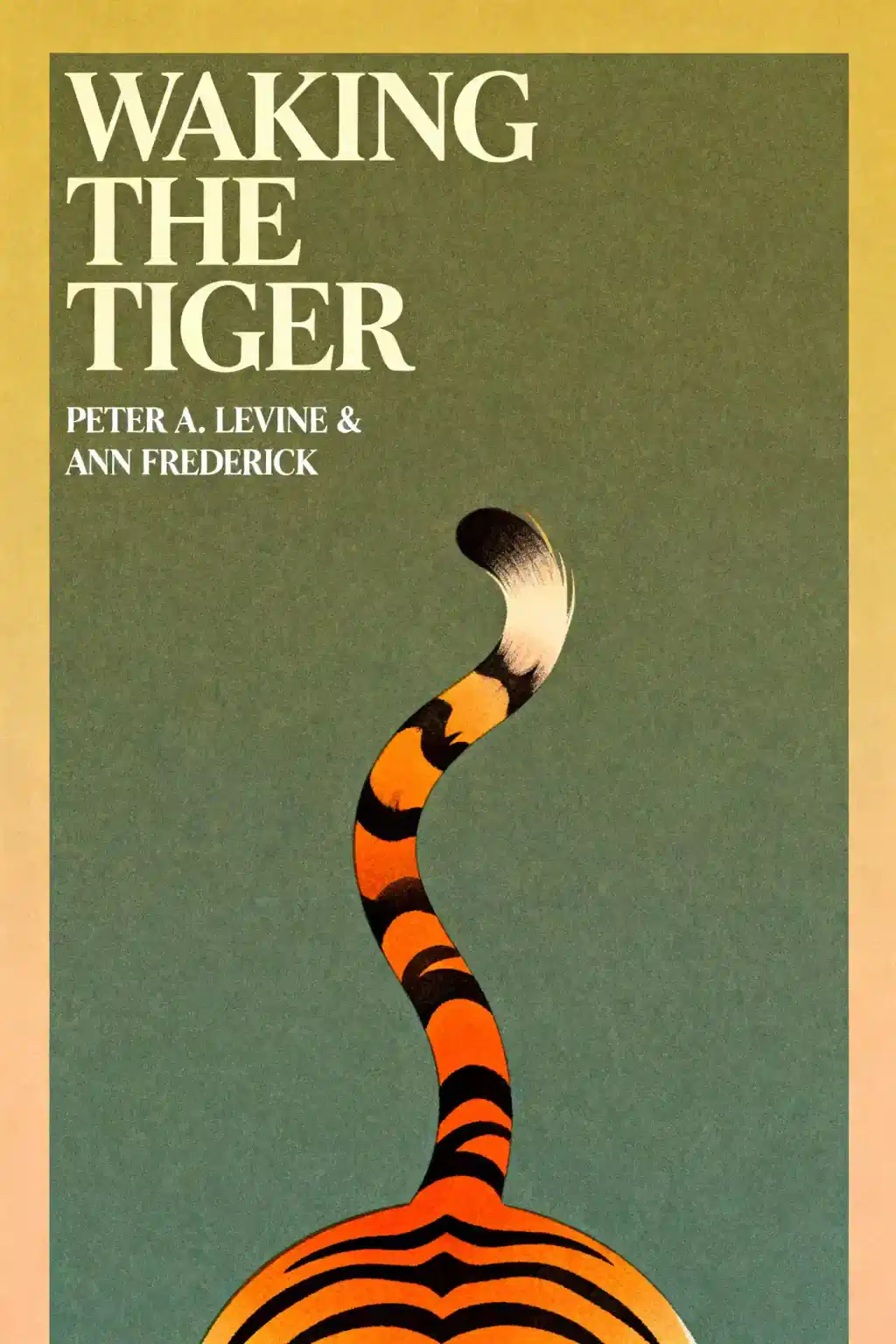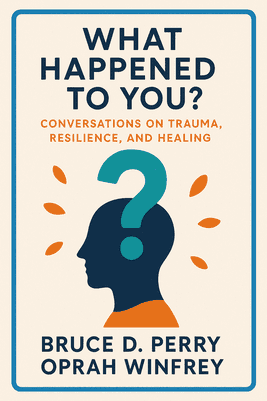
Getting Past Your Past by Francine Shapiro Summary
Overview of Getting Past Your Past
Trapped by your past trauma? Dr. Francine Shapiro's groundbreaking EMDR therapy guide has transformed countless lives with its "magical" techniques. With a stellar 4.14 Goodreads rating, discover why readers claim this book could have saved them "30 years of self-sabotage."
Similar books to Getting Past Your Past
Feel the book through the author's voice
Turn knowledge into engaging, example-rich insights
Capture key ideas in a flash for fast learning
Enjoy the book in a fun and engaging way
Key takeaways
When Your Past Shows Up Uninvited
A woman walks into a grocery store and freezes at the sight of red apples. Her heart races, palms sweat, and suddenly she's six years old again, cowering as her father's face turns crimson with rage. Another person sits in a business meeting, fully prepared and competent, yet the moment they're asked to speak, their voice cracks and their mind floods with the words "I'm stupid"-echoes from a classroom humiliation decades ago. These aren't character flaws. They're the fingerprints of unprocessed memories, moments when our brains couldn't fully digest what happened, leaving fragments of the past lodged in our present like shrapnel. What if the anxiety you feel today isn't really about today at all? What if your brain is simply replaying old footage, mistaking then for now? This is the central revelation behind EMDR therapy-a treatment so effective that the World Health Organization endorses it as a first-line intervention for trauma, and over 100,000 therapists worldwide have been trained in its methods. We're taught that time heals all wounds, but anyone carrying old trauma knows this isn't quite true. Your brain contains a natural processing system, often working during REM sleep, that helps you digest difficult experiences-extracting lessons while releasing negative emotions. But overwhelming experiences can jam this system, leaving memories stored in their raw, unprocessed form, complete with original images, emotions, physical sensations, and thoughts. These frozen memories sit waiting, ready to be triggered by similar present-day situations, causing reactions that seem wildly disproportionate to what's actually happening.
The Invisible Autopilot Running Your Life
How EMDR Rewires the Brain
Tracing the Roots of Your Reactions
Tools for Managing Your Inner Storm and When Your Body Remembers
Breaking Free to Build Better Connections
The Path Forward Starts Within
Quick Summary Mode - Read or listen to Getting Past Your Past Summary in 11 Minutes
Break down key ideas from Getting Past Your Past into bite-sized takeaways to understand how innovative teams create, collaborate, and grow.
Flash Card Mode - Top 8 Insights from Getting Past Your Past in a Nutshell
Distill Getting Past Your Past into rapid-fire memory cues that highlight Pixar’s principles of candor, teamwork, and creative resilience.

Fun Mode - Getting Past Your Past Lessons Told Through 18-Min Stories
Experience Getting Past Your Past through vivid storytelling that turns Pixar’s innovation lessons into moments you’ll remember and apply.
Personalize Mode - Read or listen to Getting Past Your Past Summary in 0 Minutes
Ask anything, pick the voice, and co-create insights that truly resonate with you.

From Columbia University alumni built in San Francisco

Get the Getting Past Your Past summary as a free PDF or EPUB. Print it or read offline anytime.













